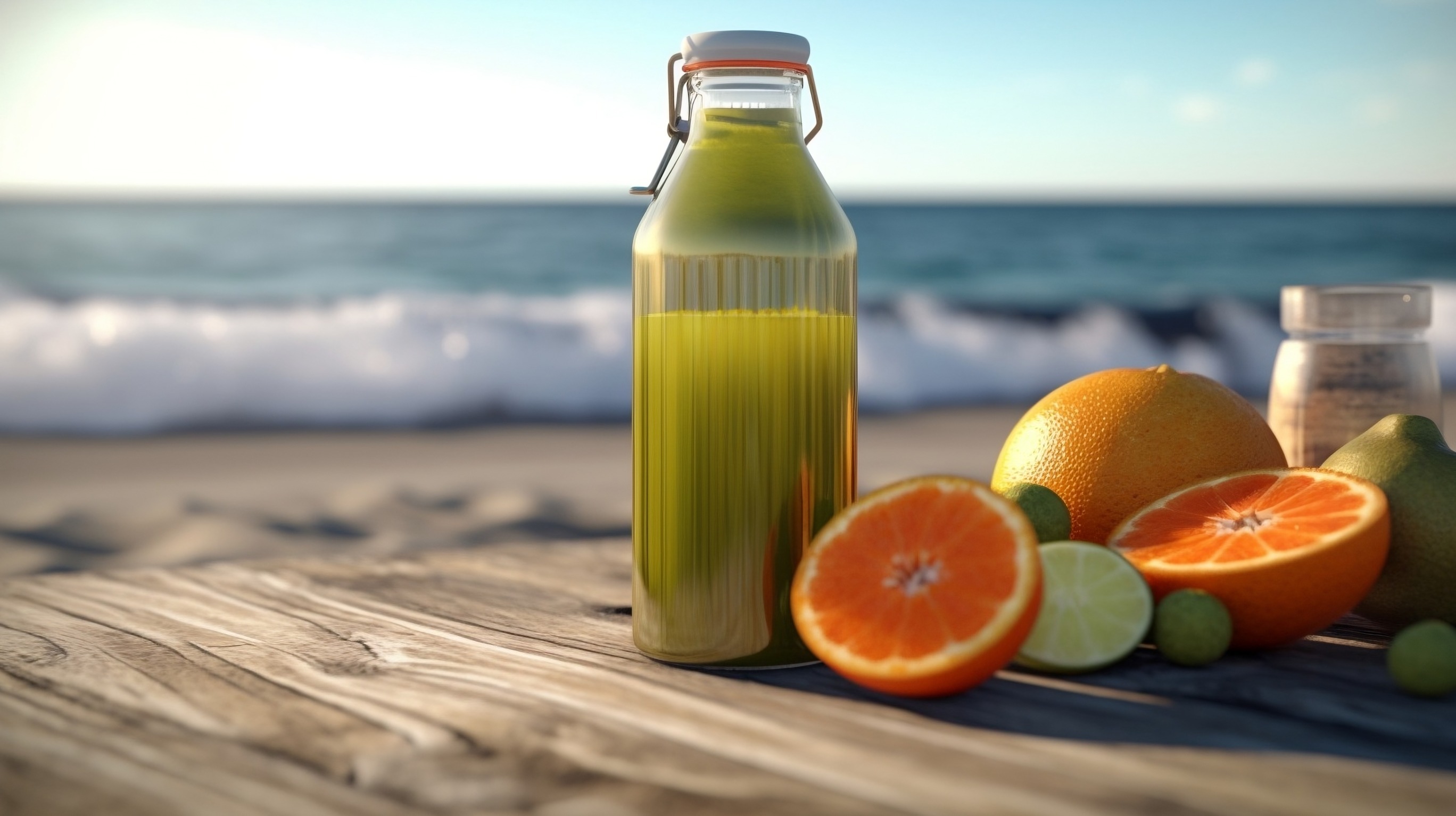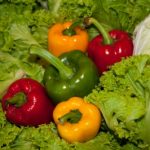
Cold pressing, also known as cold-pressed or cold-juicing, is a method used to extract fruit juices without the application of heat. This gentle extraction process is favored for its ability to retain the natural flavors, colors, nutrients, and enzymes present in fruits, resulting in juices that are often considered more vibrant and nutritionally superior to juices produced using traditional methods. In this discussion, we will explore the cold pressing process, its advantages, challenges, and its growing popularity in the fruit juice industry.
The Cold Pressing Process
Cold pressing involves the use of a hydraulic press or an industrial-grade juicer specifically designed to apply pressure to fruits. The process starts by cleaning and preparing the fruits, removing any stems, seeds, or damaged portions. The fruits are then fed into the pressing chamber, and the hydraulic press applies pressure to extract the juice. The pressure gently breaks down the cell walls of the fruits, releasing the juice, which is then collected while the pulp and fibers remain behind. The extracted juice is then bottled or further processed to extend its shelf life.
Advantages of Cold Pressed Fruit Juices
- Nutrient Retention: The absence of heat during cold pressing helps to preserve the natural vitamins, minerals, and antioxidants present in the fruits. Heat-sensitive nutrients, such as vitamin C and certain enzymes, are less likely to degrade, resulting in a more nutrient-dense juice.
- Enhanced Flavor and Aroma: Cold pressing retains the full spectrum of natural flavors and aromas found in fresh fruits, providing a more authentic and intense taste experience.
- Minimal Oxidation: The minimal exposure to air and heat during the cold pressing process reduces oxidation, ensuring that the juice maintains its fresh taste and vibrant color for an extended period.
- No Additives or Preservatives: Cold-pressed fruit juices are often free from additives, preservatives, and added sugars, making them a more natural and healthier option.
- Longer Shelf Life: While cold-pressed juices have a shorter shelf life compared to pasteurized juices, they can still last for several days when refrigerated, thanks to the reduced microbial activity resulting from lower temperatures.
Challenges and Considerations
- Yield and Efficiency: Cold pressing typically yields less juice compared to traditional methods, as the absence of heat means that some fruits might not release as much juice. This can result in higher production costs and prices for cold-pressed juices.
- Perishability: Cold-pressed juices have a shorter shelf life compared to pasteurized juices, which undergo heat treatment for preservation. This requires careful logistics and distribution to ensure they reach consumers while still fresh.
- Equipment and Infrastructure: The specialized hydraulic presses or juicers used in cold pressing can be costly to acquire and maintain. Additionally, the process might require specific infrastructure and facilities to maintain the necessary temperature control.
- Variability of Fruit Supply: The quality and availability of fresh fruits can vary depending on seasonal and geographical factors. Cold-pressed juice producers must manage their supply chains to ensure a consistent source of high-quality fruits.
- Food Safety Concerns: Since cold-pressed juices are not pasteurized, there is a potential risk of microbial contamination if proper hygiene and sanitation practices are not followed during production.
Growing Popularity and Market Trends
Despite the challenges, cold-pressed fruit juices have seen a surge in popularity in recent years, driven by increasing consumer demand for healthier and more natural beverage options. Health-conscious consumers are drawn to the nutrient-rich and minimally processed nature of cold-pressed juices, perceiving them as a convenient way to incorporate a variety of fruits and vegetables into their diets.
The trend of “clean label” and “raw” products has also contributed to the popularity of cold-pressed juices. Consumers are seeking products with fewer additives and processing steps, and cold-pressed juices align well with these preferences.
As a result, numerous small-scale and artisanal juice producers have emerged, offering a wide array of cold-pressed fruit juices with unique flavor combinations and functional ingredients like ginger, turmeric, and greens. Large beverage companies have also entered the market, launching their own lines of cold-pressed juices to meet consumer demands.
Producers of Manufacturing Equipment
Cold Press (Wageningen, NL) in collaboration with Like Fresh b.v. and TOP b.v. are manufacturers of a variety of cold press equipment for the small-scale producer
In conclusion, cold pressing is a valuable method for producing fruit juices that preserve the natural flavors, colors, and nutrients of fresh fruits. The process has gained popularity due to its potential health benefits and the growing demand for minimally processed and nutritious beverage options. While there are challenges related to yield, shelf life, and equipment costs, the increasing consumer preference for natural and healthier products continues to drive the growth of the cold-pressed juice market.


Leave a Reply